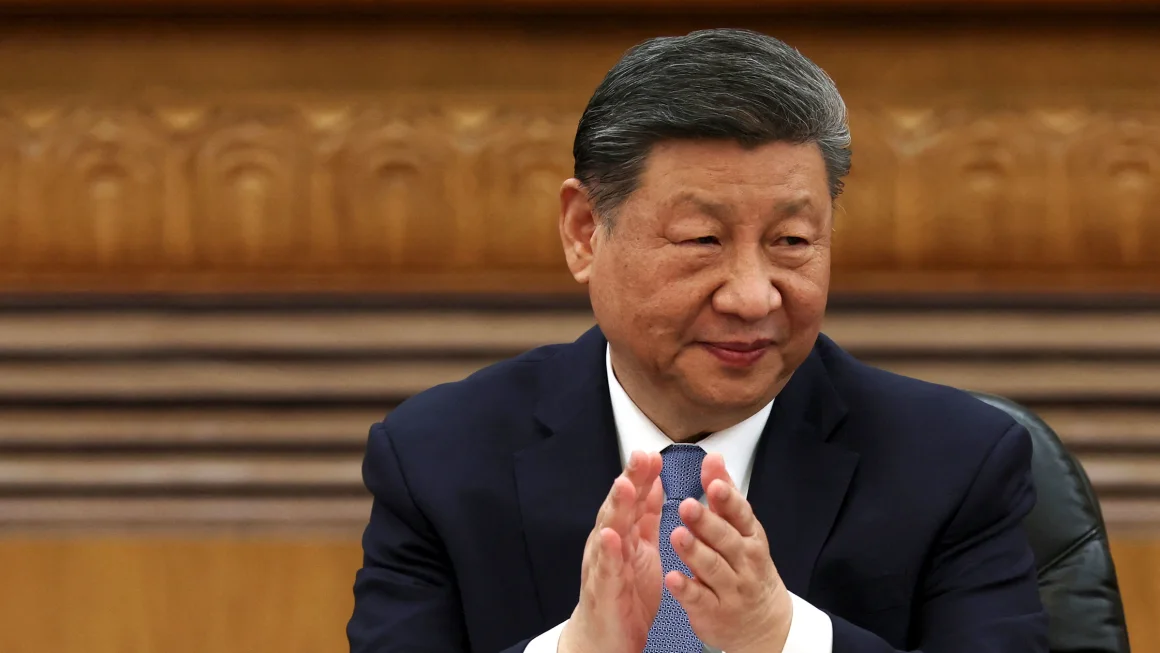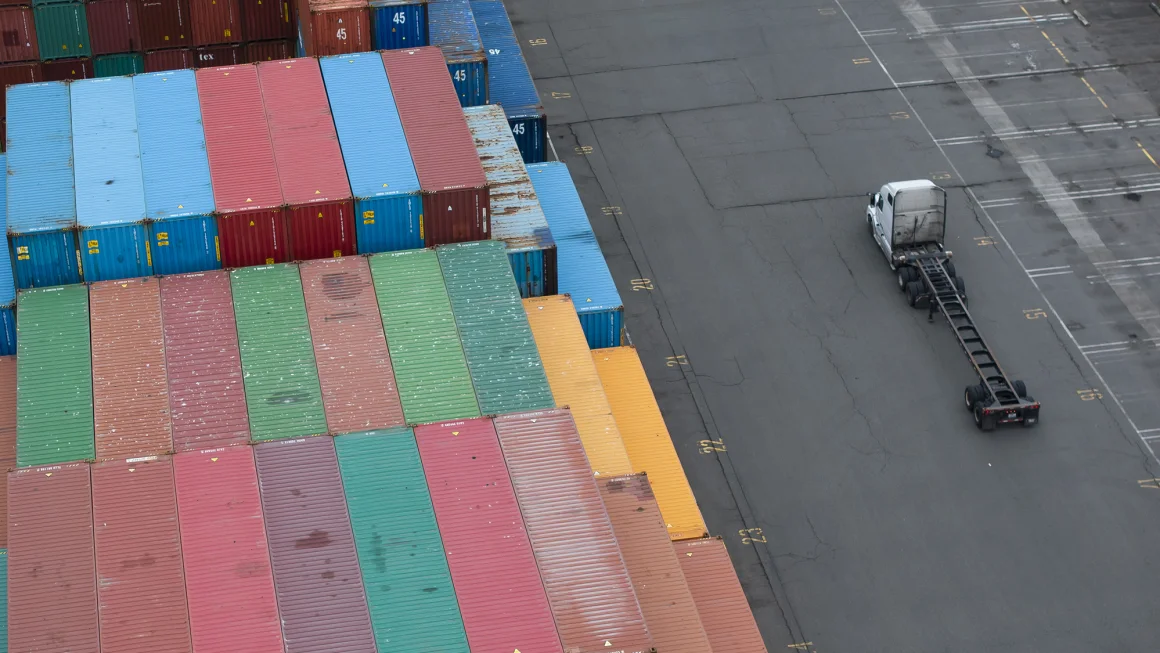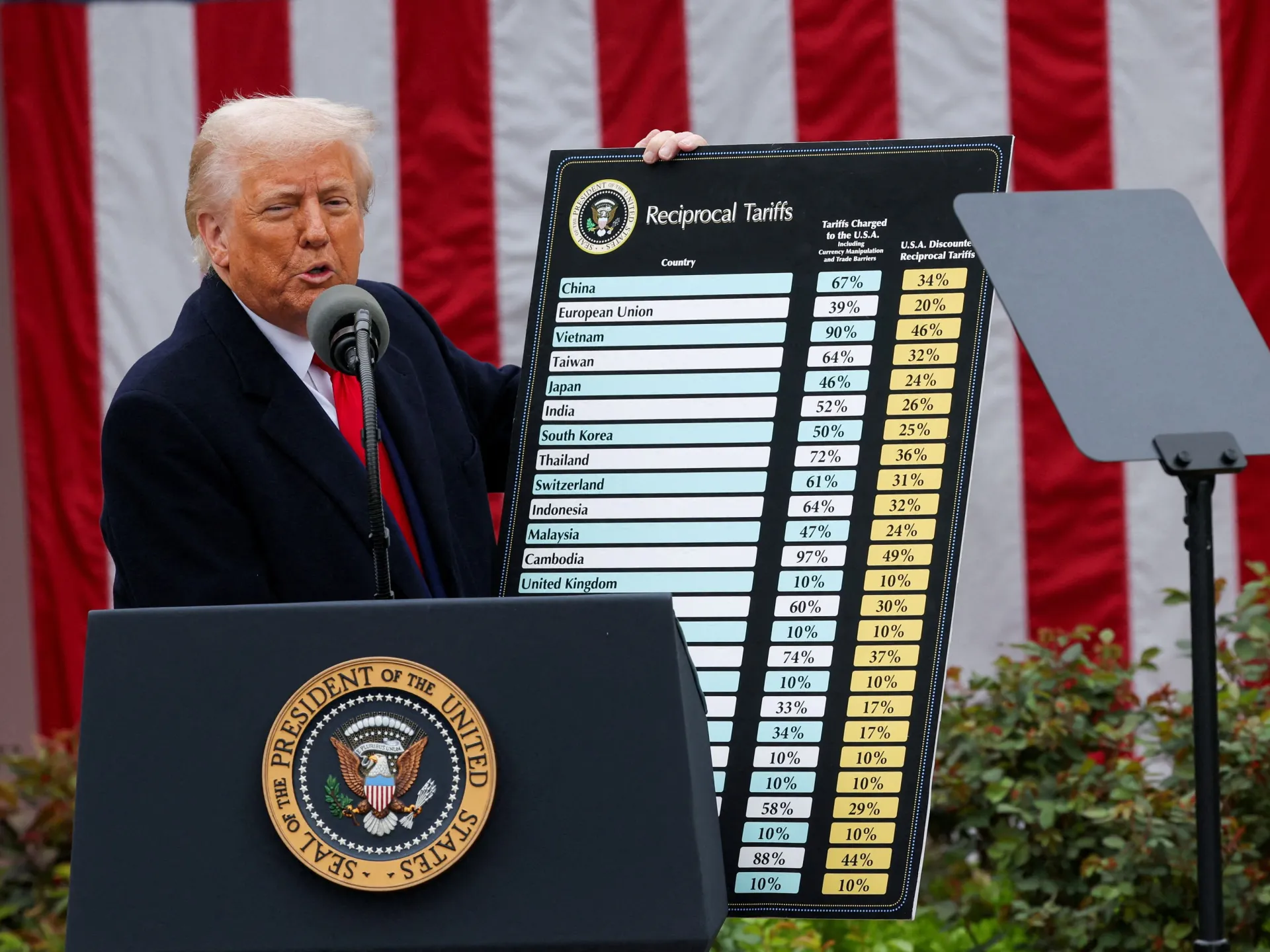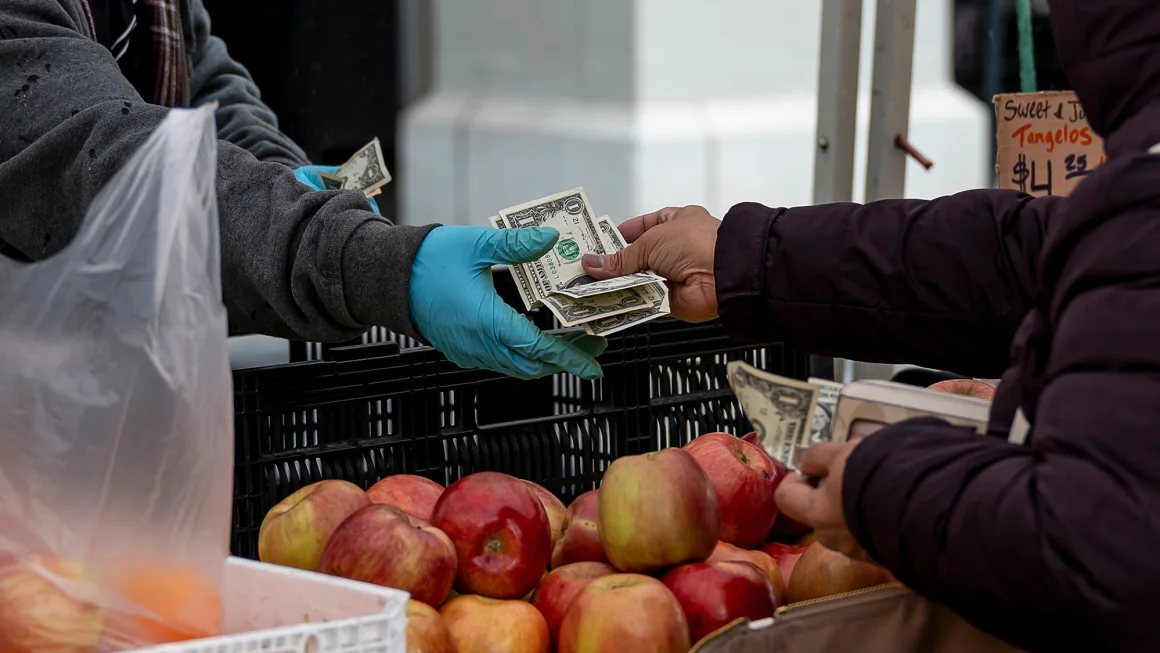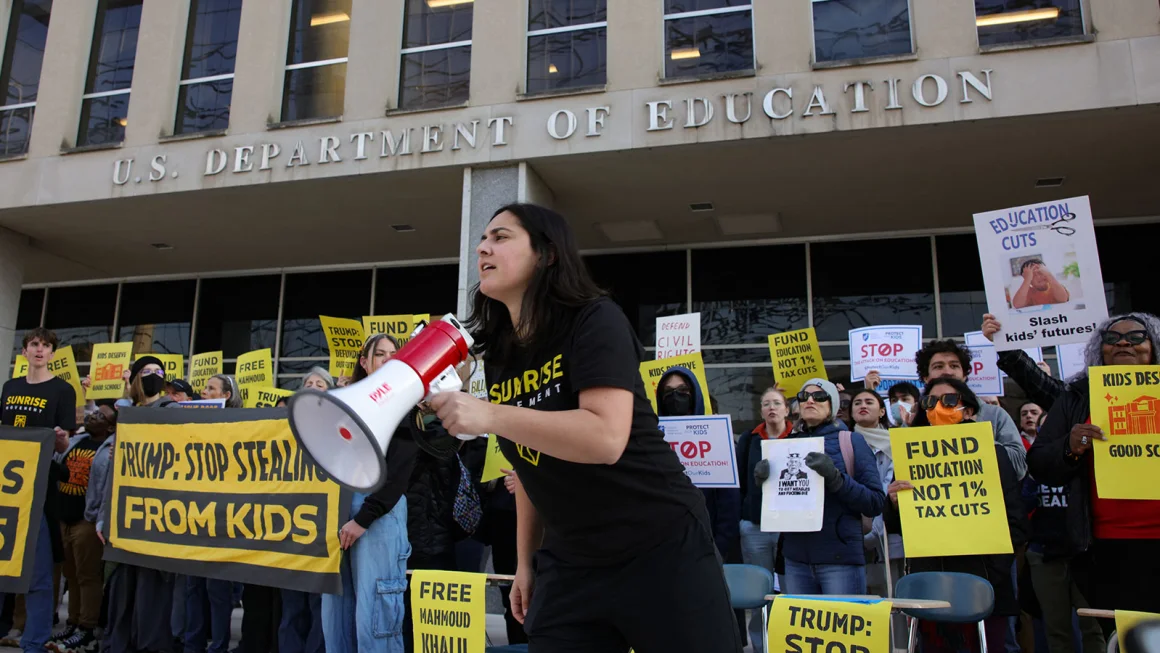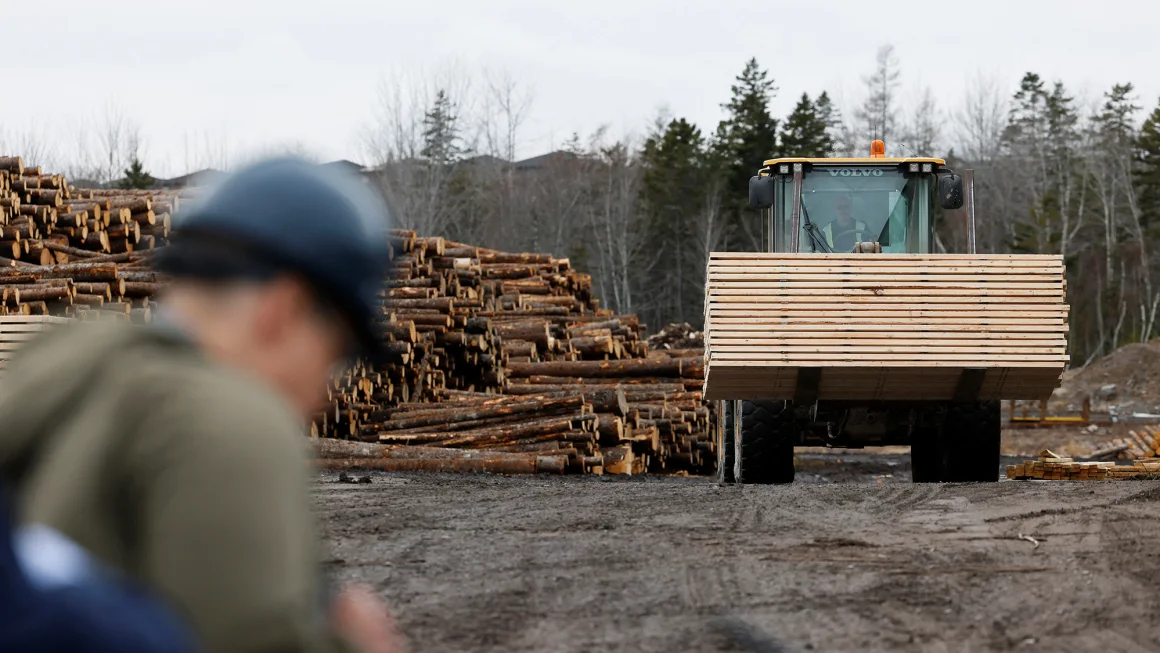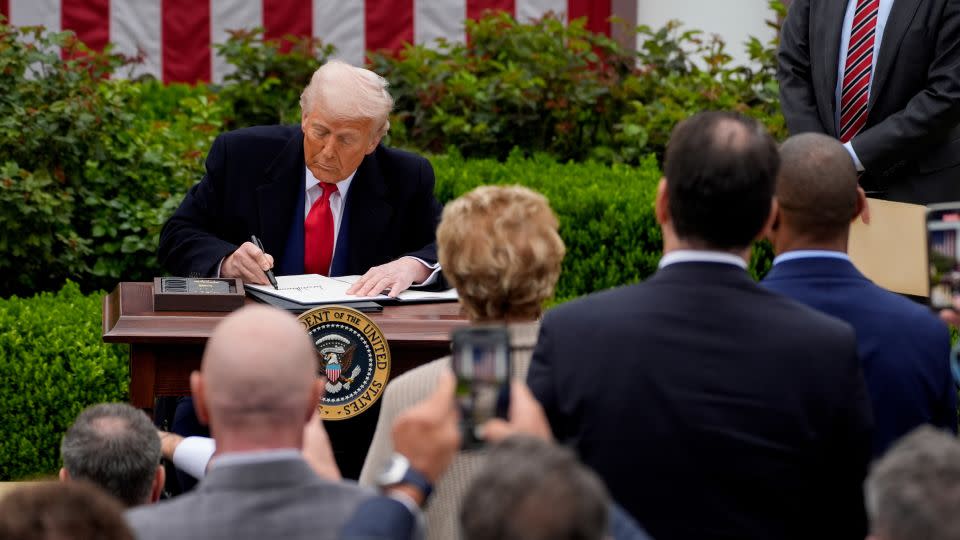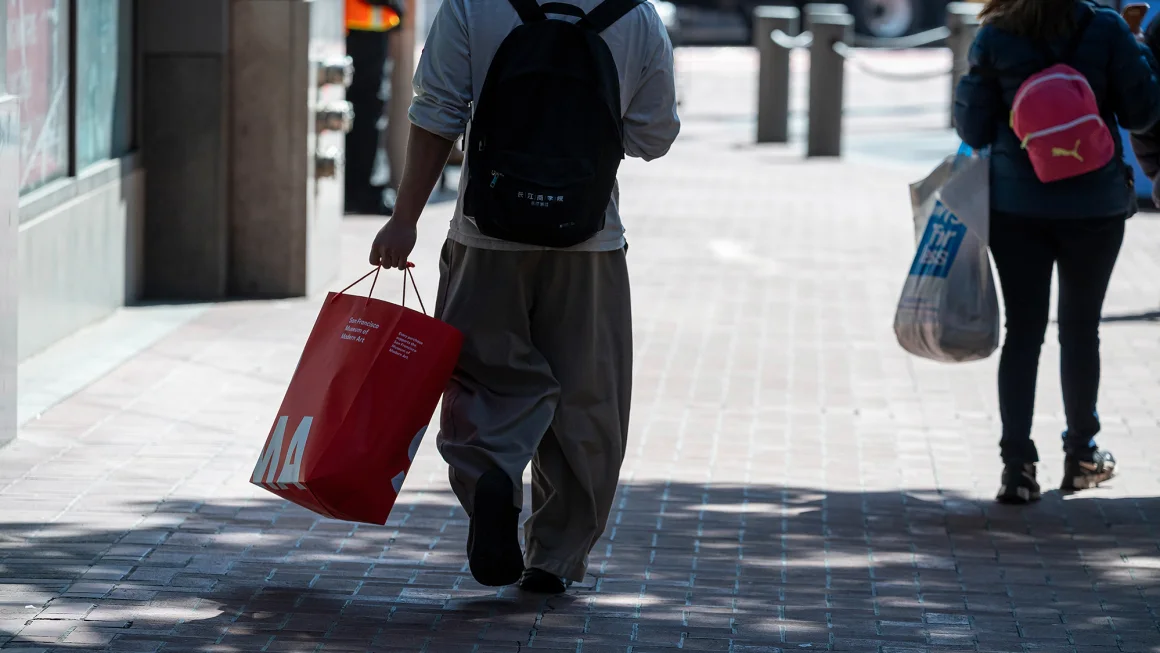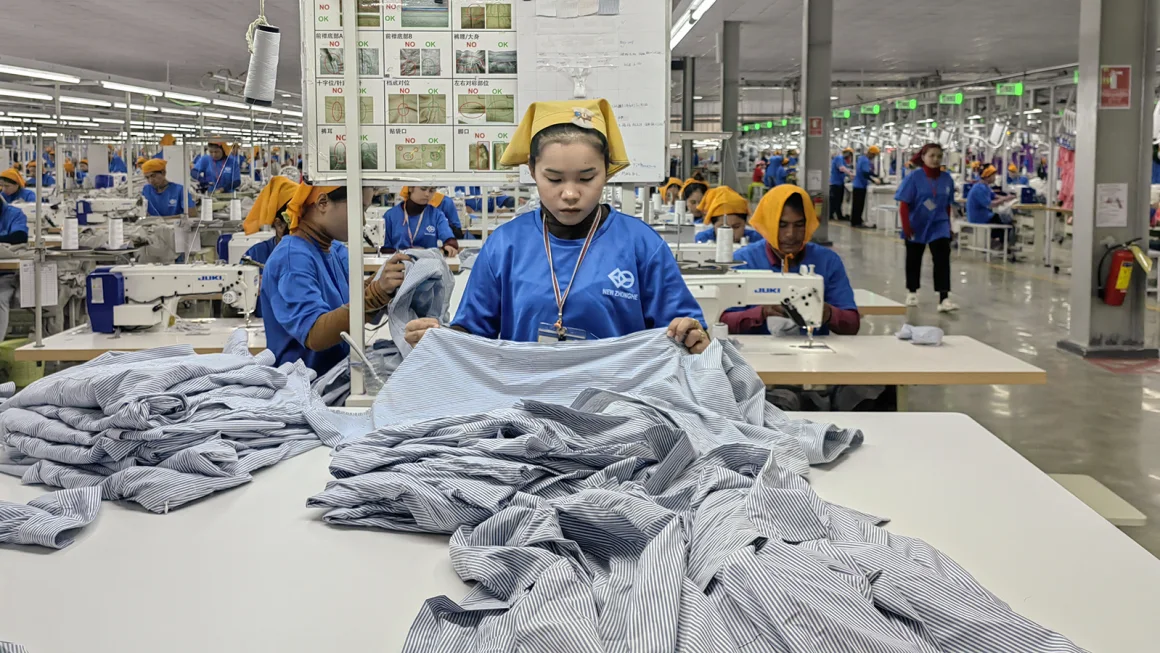
Last year, Hsu expanded his business to Cambodia, aiming to diversify his production beyond southern China. This decision was motivated by the anticipation of rising tariffs on Chinese goods during Trump’s second term.
However, the announcement of a steep 49% tariff on all U.S. imports from Cambodia, the highest in Asia and the second-highest globally, has completely altered his strategy.
“If the 49% tariff stays in place, we’ll pull our investment out of Cambodia,” Hsu told CNN.
Hsu’s business is still in the early stages in Cambodia, so he has more flexibility to adjust. But for many other companies with long-established operations and thousands of employees in Cambodia, the tariff news is catastrophic. These countries, especially some of the poorest in Asia, are highly dependent on the global supply chains that have made them economic hotspots.
Several Southeast and South Asian countries, including Laos, Vietnam, Myanmar, and Sri Lanka, have been hit with tariffs above 40%, threatening their fragile economies, which rely heavily on exports.
For over 15 years, these nations have attracted foreign investors seeking alternatives to China’s increasingly expensive production systems. This trend was further accelerated by the U.S.-China trade war and the COVID-19 pandemic, with labor-intensive industries such as garment manufacturing, footwear, and low-end electronics becoming key contributors to these countries’ economic growth.
Trump’s tariffs represent a major blow, particularly for Cambodia, which exports a significant amount of apparel and footwear to the U.S. Despite its impressive growth over the past decade, Cambodia remains one of Asia’s poorest countries, struggling to recover from its painful past, including the horrific Khmer Rouge genocide.
With more than 37% of its exports headed to the U.S., Cambodia is extremely vulnerable to these tariffs. Apparel and footwear alone account for over 43% of Cambodia’s exports. The majority of workers in these sectors are women, many of whom earn as little as $200 a month.
Major global brands like Nike and Adidas have been moving production to Southeast Asia to reduce reliance on China amid escalating trade tensions. But the imposition of high tariffs risks undoing much of this progress, leading to job losses and shrinking production.
Trump’s tariffs are framed as a strategy to bring manufacturing jobs back to the U.S. But experts argue that Cambodia is a clear example of why this is unlikely. Casey Barnett, president of CamEd Business School in Phnom Penh, points out that the kind of low-skilled, labor-intensive manufacturing that Cambodia does—such as socks, t-shirts, and athletic shoes—is simply not feasible in the U.S.
Cambodia’s economy has been built on exports to the U.S., accounting for 27% of its GDP, and the country’s garment industry has lifted millions of people out of poverty. “Losing this would be devastating,” Barnett said, warning that it could push hundreds of thousands of young women into poverty.
For now, investors in Cambodia are hoping that negotiations between the Cambodian government and Washington will lead to a reduction in tariffs. Kevin Chang, founder of Stronghold Trustee, a firm with over 300 foreign clients in Cambodia, expressed cautious optimism. “I believe a solution will come for everyone’s benefit,” he said, although he remains uncertain about the outcome.
Many experts believe the high tariffs on countries like Cambodia, Laos, and Vietnam are part of a broader U.S. strategy to target Chinese manufacturers who have moved production to these nations to bypass U.S. tariffs. This is especially apparent given that nearly half of Cambodia’s foreign investment last year came from China.
Siwage Dharma Negara, a senior fellow at the ISEAS-Yusof Ishak Institute, sees the tariffs as a means to curb Chinese investment in Southeast Asia. However, some experts warn that by imposing such aggressive tariffs, the U.S. risks isolating itself from global trade, while China may emerge as the leader in a more open international trade environment.
Edwin Lai, an economics professor at Hong Kong University of Science and Technology, cautioned that while the U.S. targets trade deficits with countries like Cambodia, it may be inadvertently strengthening China’s position in global markets, as other nations seek to embrace freer trade.

